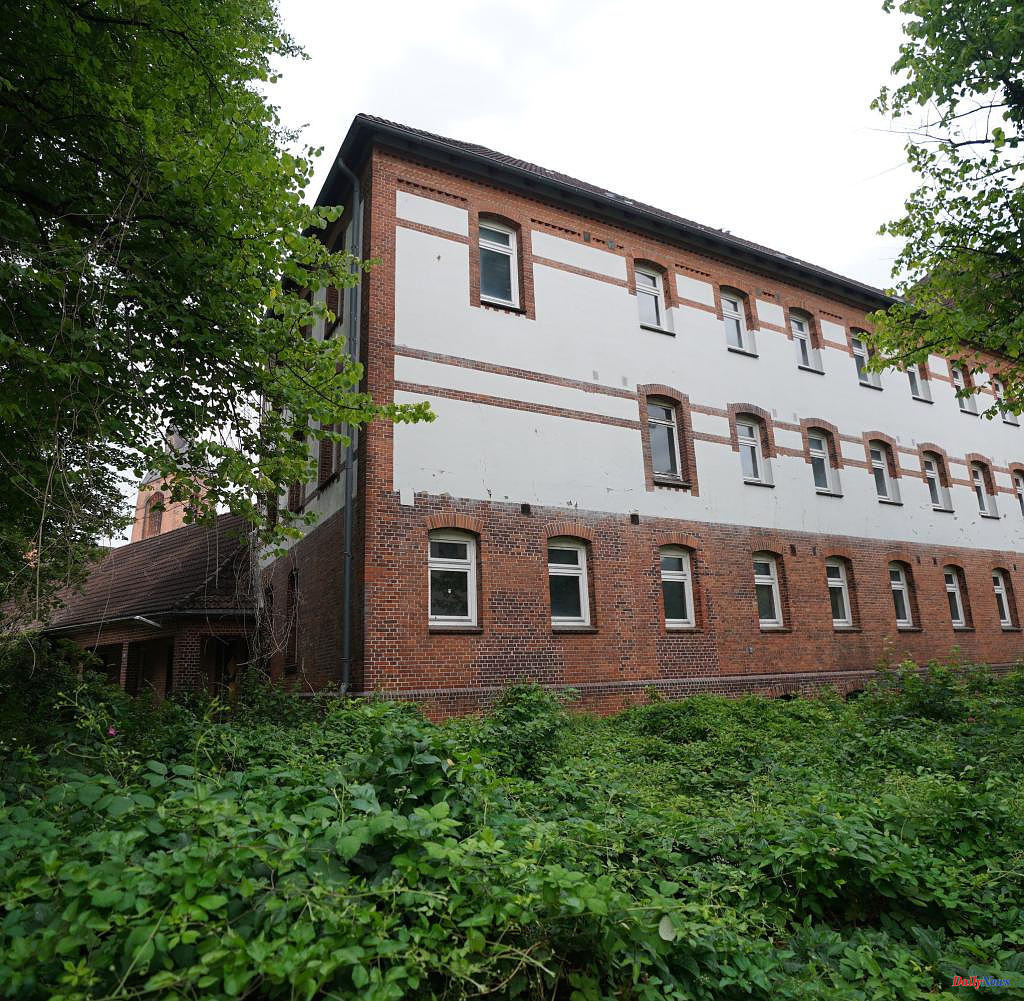Green is sprouting in front of the decorative brick building, white paint is peeling off the facade. Just a few meters away, a German revolution began a good 100 years ago. "This is where the Kiel sailors' uprising began in November 1918," says Rolf Fischer, chairman of the Kiel City History Society. The building of the former imperial naval prison has not been used for more than 20 years. Right next door is a guarded entrance to the Kiel naval base.
According to the Kiel city archive, the district military replacement office had been housed in the brick building since the 1950s. It has been empty since 2000. "The history of the house has not really been worked through and many people in Kiel do not know what this building was and what historical substance it contains," says Fischer. After 1933 it was converted into a naval prison.
The building was a place of horror, especially during the Nazi era. "Many imprisoned sailors sat here, after 1933 also those sentenced to death, such as submarine commander Oskar Kusch, who was executed in Kiel," says Fischer. The eastern outer pier of the Kiel naval base has had Kusch's name since 2021. He was executed at the shooting range in Kiel-Holtenau in 1944 because of statements critical of the regime.
The partially white-painted exterior of the empty ex-prison in which Kusch was also held is relatively well preserved. However, if you walk through some of the dark corridors, you will notice a musty smell. The city of Kiel took over the building years ago. The house is not open to the public. Graffiti on some walls shows that people have nevertheless gained access.
In between there were plans to demolish the complex. In the meantime, the building is to be renovated and used. "How, that should show a concept that is still being developed," says city spokesman Arne Gloy. Pitt Pommerening from the city's building management speaks of the solid structure of the building, which was built in 1904. The building services are in a desolate condition. "We're waiting for a concept, while we'll maintain the building."
The historian and former Secretary of State for Science Fischer has in mind a museum use. "It is one of the very few original places where the naval, court and legal history of the German Empire and the so-called Third Reich can be presented authentically."
"The original cells from the imperial era have been preserved, as have the kitchen and other original rooms," says Fischer. The cells could be used to show the soldiers' detention conditions. "Unfortunately, we don't really know how many of them were accommodated there and sentenced to death in the last years of the war." Places like this have been forgotten for decades. That is slowly changing now.
Four years ago, the Theater Kiel showed the play "1918-Revolution in Kiel" in some rooms of the former detention center, which is based on the play "Nineteen Eighteen" by the current Federal Minister of Economics Robert Habeck (Greens) and his wife Andrea Paluch. A number of props still bear witness to this in the cells. Pictures of Kaiser Wilhelm II hang in some, and a sailor's shirt dangles decoratively in another.












